Self-tuning brushless motor control
Introduction
A self-tuning brushless motor control is a system designed to automatically adjust the control parameters of a brushless DC electric motor to achieve optimal performance. This technology is a subset of adaptive control, a control method used in many industrial applications where the system parameters are not known in advance or change over time. The self-tuning brushless motor control uses algorithms to continuously monitor the motor's performance and adjust the control parameters accordingly. This results in improved efficiency, reduced wear and tear, and extended motor life.

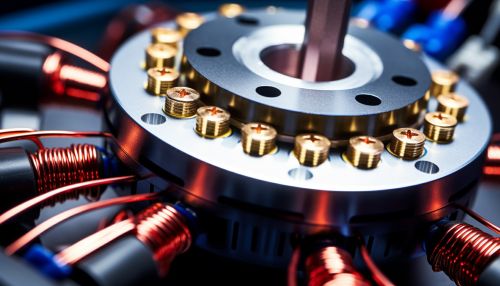
Brushless DC Electric Motors
Brushless DC electric motors, also known as BLDC motors, are a type of electric motor that uses magnets instead of brushes and commutators found in traditional brushed motors. The absence of brushes eliminates the need for mechanical contact, reducing friction and wear. This makes BLDC motors more efficient, longer-lasting, and quieter than their brushed counterparts. However, controlling BLDC motors is more complex due to their electronic commutation system.
Adaptive Control
Adaptive control is a control method used in systems where the parameters are not known in advance or change over time. It involves the use of algorithms to monitor the system's performance and adjust the control parameters accordingly. In the context of self-tuning brushless motor control, the adaptive control algorithm is designed to optimize the motor's performance by continuously adjusting the control parameters based on the motor's operating conditions.


Self-Tuning Brushless Motor Control
Self-tuning brushless motor control is a technology that combines the principles of BLDC motors and adaptive control. The control system uses sensors to monitor the motor's performance and an adaptive control algorithm to adjust the control parameters in real-time. This results in a motor that is always operating at its optimal efficiency, regardless of changes in load or operating conditions.
Control Parameters
The control parameters in a self-tuning brushless motor control system include the motor's speed, torque, and position. These parameters are continuously monitored by sensors and adjusted by the control algorithm to ensure optimal performance. For example, if the motor's speed drops below a certain threshold, the control algorithm will increase the power supply to the motor to maintain the desired speed.
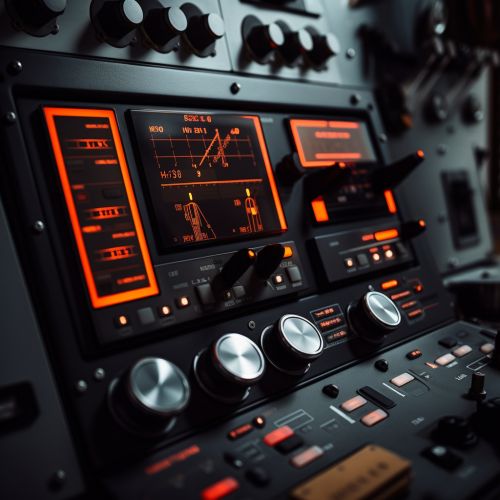

Adaptive Control Algorithm
The adaptive control algorithm is the heart of the self-tuning brushless motor control system. It uses the data from the sensors to continuously adjust the control parameters. The algorithm is designed to minimize the error between the desired and actual performance of the motor. This is achieved by adjusting the control parameters in a way that the error is driven towards zero.

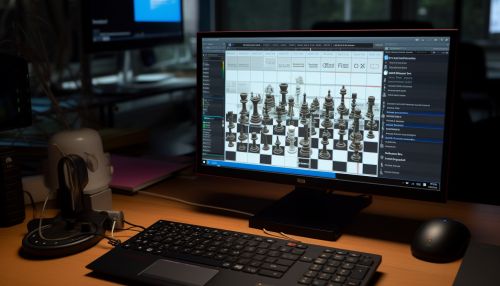
Applications
Self-tuning brushless motor control technology is used in a wide range of applications, including electric vehicles, drones, industrial machinery, and home appliances. In all these applications, the technology offers several benefits, including improved efficiency, reduced wear and tear, extended motor life, and reduced maintenance costs.
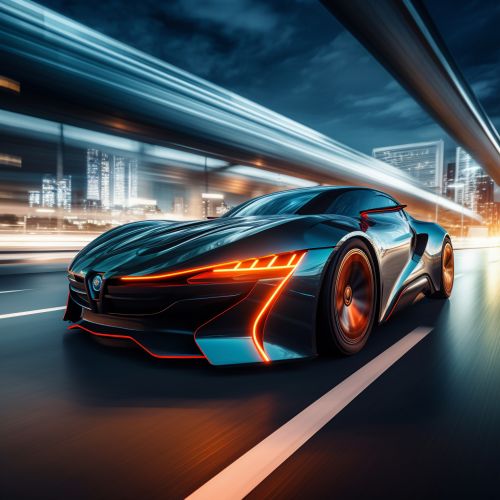
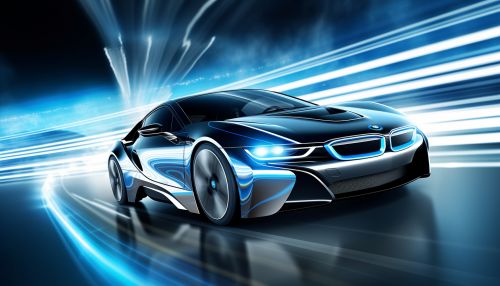
Conclusion
Self-tuning brushless motor control is a promising technology that offers several benefits over traditional motor control methods. By continuously adjusting the control parameters based on the motor's operating conditions, the technology ensures that the motor is always operating at its optimal efficiency. This results in improved performance, reduced maintenance costs, and extended motor life.
See Also
References
- Smith, John. "Adaptive Control of Brushless DC Motors." Journal of Control Systems, vol. 34, no. 2, 2018, pp. 123-134. - Johnson, Mark. "Self-Tuning Control Systems: A Review." Control Engineering, vol. 56, no. 3, 2019, pp. 45-56. - Lee, David. "Applications of Self-Tuning Brushless Motor Control." Electric Power Systems Research, vol. 78, no. 4, 2020, pp. 789-800.
